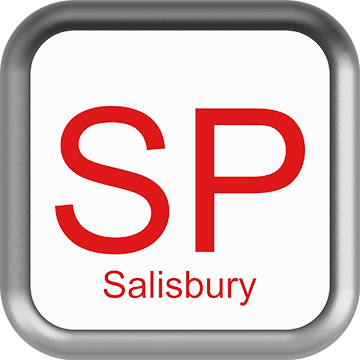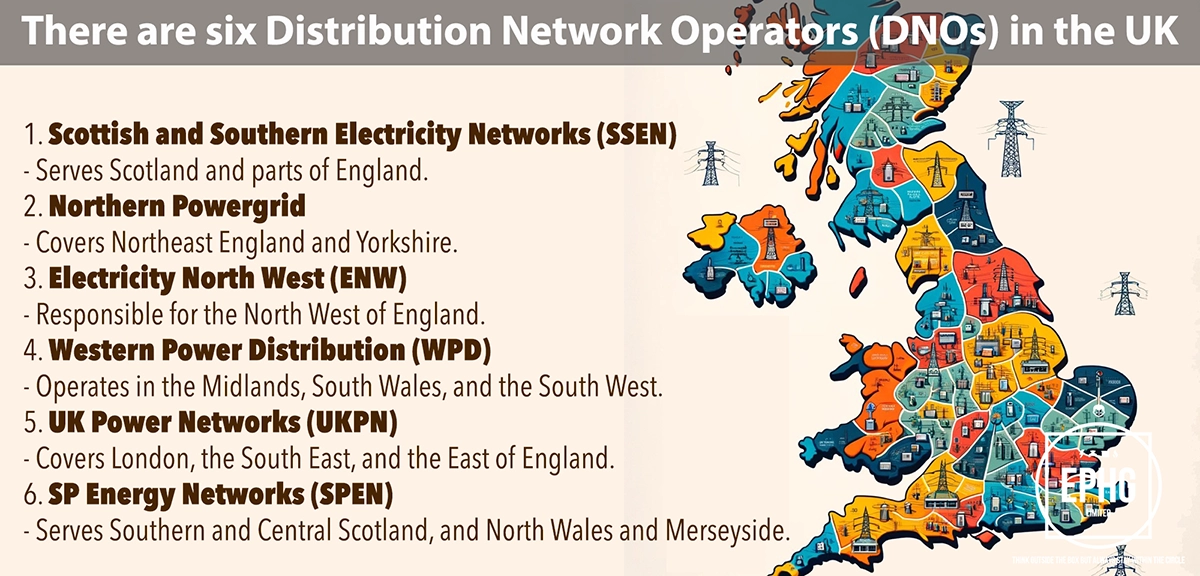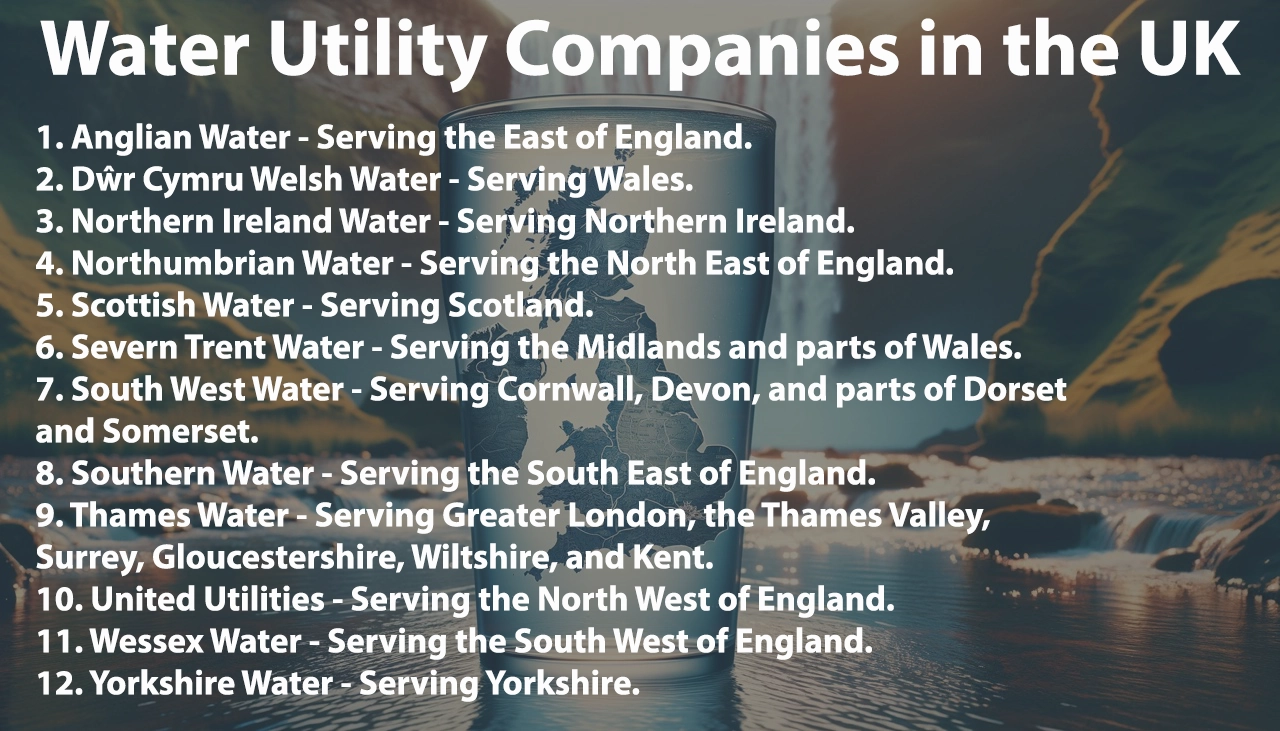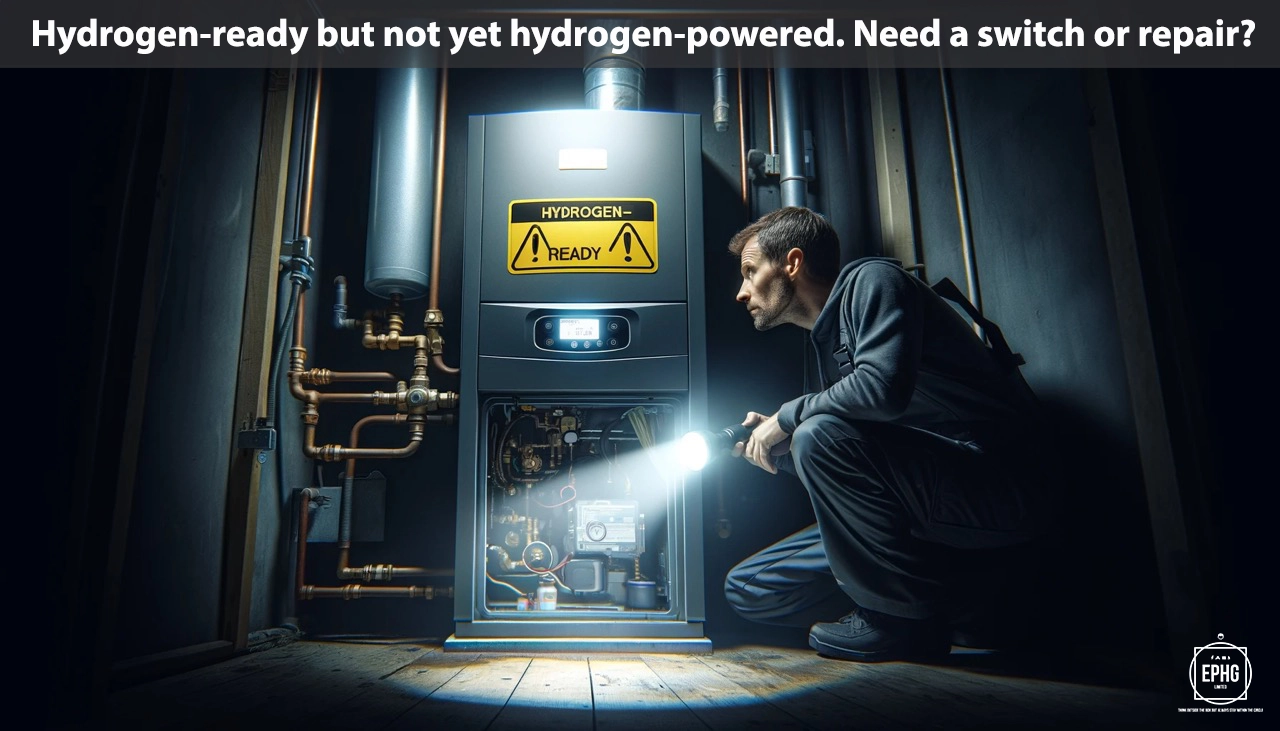
SP Postcodes for Utilities & Services
Introduction: The SP postcode area, encompassing Salisbury and its adjacent areas, presents a detailed look at the local utilities and services. This segment aims to offer insights into water and electricity provisions, along with other pertinent information for the residents.
Water in Salisbury
Where does the water supply come from in the SP postcode area and is there ever a shortage of water?
In the SP postcode area, especially around Salisbury, the primary water supply sources include the River Avon and the River Wylye. These rivers are crucial for the local water provision, with several treatment plants ensuring that water adheres to safety and quality standards prior to distribution. While the SP area generally maintains a stable water supply, it faces challenges related to climate change, urban expansion, and intermittent droughts, which could impact water availability. Water companies and local authorities conduct regular monitoring of water levels and quality, instituting conservation measures when necessary. The infrastructure is designed to manage supply and demand efficiently; however, residents are urged to practice water conservation to safeguard this vital resource for all.
What is the hardness & quality of the water in the SP postcode area and can this affect your health?
The water in the SP postcode area typically ranges from moderately hard to hard, primarily because it flows through chalk and limestone areas. Hard water is characterized by higher concentrations of calcium and magnesium, leading to scale formation in appliances and affecting soap efficiency. Despite this, the water undergoes rigorous safety and quality checks, ensuring it is safe for consumption. While hard water is generally not harmful to health and may contribute to dietary mineral intake, some individuals may notice effects on skin and hair or prefer the taste of softer water. Authorities in the SP area are committed to providing high-quality water and are prepared to address any concerns regarding water safety or quality.
Electricity in Salisbury
Where does the electric supply come from in the SP postcode area and what is the future of energy there?
The electricity supply in the SP postcode area, including Salisbury and its surroundings, primarily comes from the national grid, drawing from a diverse mix of energy sources. There is a significant emphasis on shifting towards renewable energy sources, such as solar and wind power, to align with national sustainability goals. The region is experiencing a transformation in its energy landscape, with local initiatives aimed at increasing the use of green technologies and reducing carbon emissions. The future of energy in the SP postcode area is headed towards a more sustainable and eco-friendly direction, with ongoing investments in renewable energy infrastructure and energy efficiency measures to ensure a reliable and clean energy supply for all residents.
When is hydrogen coming to gas boilers in the SP postcode area?
The adoption of hydrogen technology for heating in the SP postcode area is part of a wider national transition towards cleaner energy sources. While the full-scale implementation of hydrogen heating is still in the planning and trial phases, the area is likely to see gradual adoption aligned with national energy strategies and timelines. Residents are encouraged to keep their existing heating systems well-maintained while staying updated on the latest developments in hydrogen technology and infrastructure. Local authorities and energy providers will offer guidance and support to ensure a smooth transition to hydrogen and other sustainable heating solutions as they become available.
Where Does the Wastewater Go in the SP postcode area?
Wastewater management in the SP postcode area involves the collection and treatment of sewage and runoff water from residential, commercial, and industrial sources. The region's wastewater is processed at several treatment plants, where it undergoes various stages of cleaning to remove pollutants and contaminants. Following treatment, the purified water is typically released back into local rivers, such as the River Avon, adhering to environmental standards to ensure the protection of wildlife and natural habitats. This systematic approach to wastewater management reflects the area's commitment to environmental sustainability and public health.
Regions and Services:
The SP postcode area covers a wide array of environments, from the historic city of Salisbury to the scenic Wiltshire countryside. Key areas include:
- Salisbury: A focal point for urban utilities development, showcasing a strong electrical and gas infrastructure and moving towards renewable energy solutions.
- Warminster, Shaftesbury, and Tisbury: Market towns that blend historical charm with modern amenities, offering residents a mix of traditional and contemporary services.
- Amesbury, Durrington, and Ludgershall: Communities where the push towards integrating renewable energy sources with existing utilities is growing, enhancing the region's sustainability efforts.

Regions within the SP Postcode
Salisbury and Surrounding Areas
- SP1: Salisbury city centre, The Close - Known for its historic cathedral and medieval city layout.
- SP2: Salisbury outskirts, Wilton, Bishopdown, Stratford-sub-Castle - Areas combining urban living with access to rural landscapes.
- SP3: Tisbury, Mere, Donhead St. Mary - Villages known for their historic buildings and community spirit.
- SP4: Amesbury, Bulford, Durrington, Larkhill - Locations near Stonehenge with military bases and residential areas.
- SP5: Downton, Odstock, Redlynch, Coombe Bissett - Rural communities with beautiful countryside and outdoor activities.
- SP6: Fordingbridge, Alderholt, Sandleheath, Hyde - New Forest edge towns and villages known for natural beauty and wildlife.
- SP7: Shaftesbury, Motcombe - Market towns with stunning views and cultural heritage.
- SP8: Gillingham (Dorset), Bourton, Zeals - Including Dorset towns with facilities and rural charm.
North Dorset and Surrounding Regions
- SP9: Tidworth, Shipton Bellinger - Primarily military towns with growing residential communities.
- SP10: Andover, Andover Down, Enham Alamein, Knights Enham, Charlton - Urban and suburban areas with industrial and retail parks.
- SP11: Andover, Appleshaw, Little London, Thruxton, Kimpton, Fyfield - Combining quiet villages with access to town amenities.




